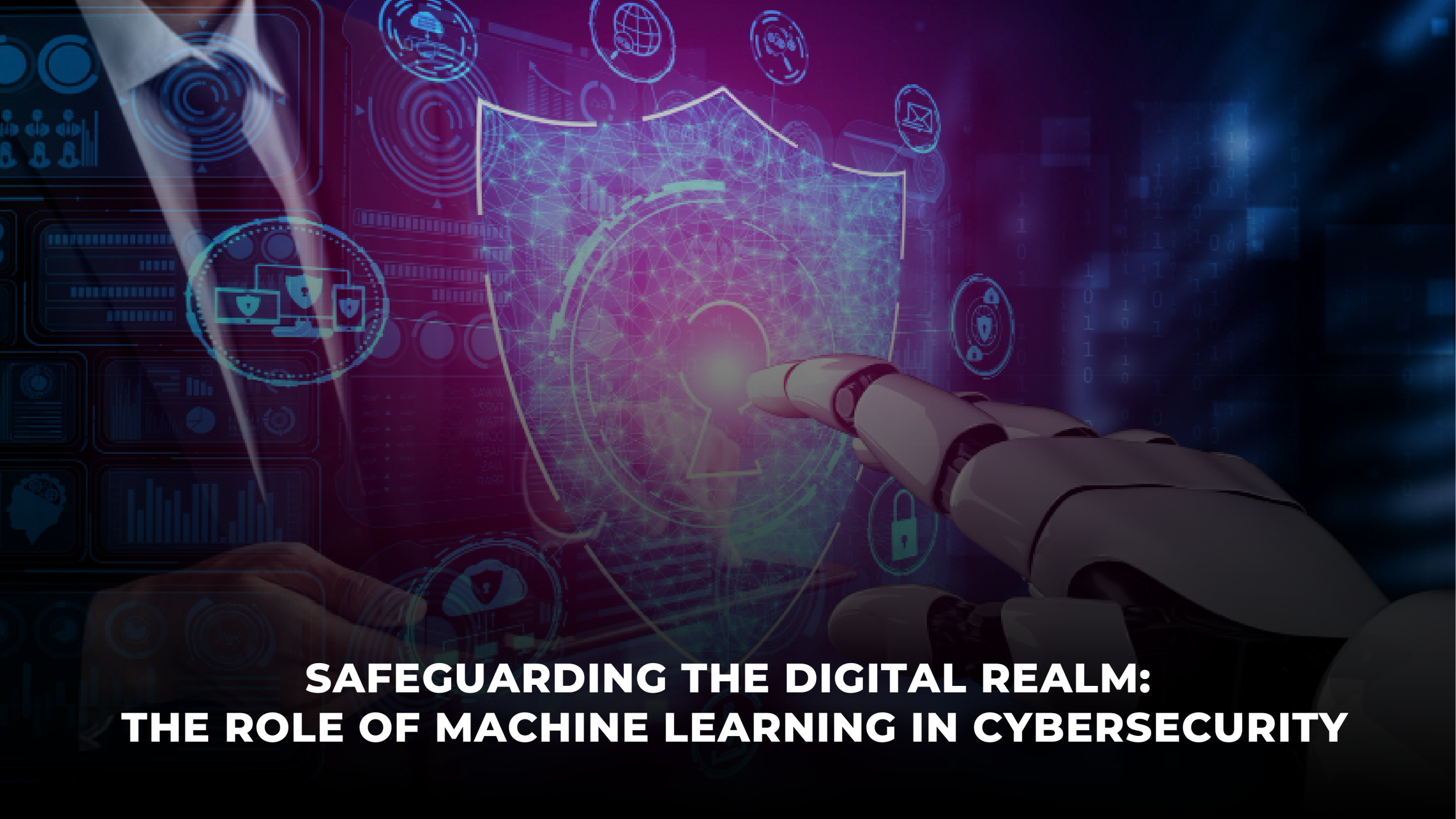A Handy Guide to Incorporating Machine Learning into Enterprise Systems
As of late, enterprises of all sorts and sizes are largely adopting machine learning at a faster pace. Many areas of enterprise management can be influenced by machine learning capabilities ranging from the customer experience to developing innovative products. We can see that there are no such areas in modern business administration that are untouched by ML.
Quick Links
Machine learning got introduced as a pathway to artificial intelligence, which also acts as the primary diver for machine learning implementation in enterprises. There are many disagreements over the actual nature of the relation between machine learning and artificial intelligence. These are intervened in many cases, and many people see machine learning as a subset of AI and vice versa. The objective of artificial intelligence is to replicate human tasks to enhance decision-making logically.
On the other hand, machine learning is effectively used to automate any task, not just conventionally by humans, but also the tasks that need more involvement than human cognitive abilities. However, AI and ML are closely connected, and they feed each other to expand their mutual capabilities. Let us further explore the four most common approaches to machine learning.
- Supervised ML
Supervised machine learning is the most popular form of ML, which includes feeding a custom-made algorithm to the huge volume of training data to make predictions based on the data correlations as it learns from labeled data.
- Unsupervised ML
Unsupervised machine learning is used in advanced applications where artificial intelligence is used. This approach involves feeding unlabeled training data to the algorithms and instructing them to pick up the possible associations on their own. Unsupervised learning is so common in clustering applications, which can uncover the groups in the given data. It can also uncover the association between data sets and predict the rules to describe the same.
- Semi-supervised ML
In semi-supervised learning, the algorithms can be used to train smaller sets of labeled data, and as like in unsupervised learning, it can apply these learnings into unlabeled data. Such an approach is often used while there is a lack of data quality.
- Reinforcement ML
This is the use of algorithms that receive a custom set of guidelines and instructions, which can be further used to make a decision about properly handling a given task or process through a trial and errors approach. Decision made through it is either punished or rewarded, which will further train the AI system to optimize the solution for the task at hand.
Considering these four types of learning approaches, modern-day enterprises have derived a handsome array of real-time applications and techniques from ML. From sales forecasting to the latest AI autonomous tools now run-on ML models, there are many such areas. To tune your databases for machine learning capabilities, you can consult with RemoteDBA.com experts.
Benefits and use cases of enterprise ML
As discussed in the first para itself, machine learning adoption in enterprise management is accelerating, and it is also reaching its core. Businesses are now putting ML applications at the center of their business strategies. Machine learning technology now enables businesses to run the tasks at a gigantic scale, which previously was unimaginable. It will help make enterprises more efficient and help them grab new business opportunities evolving out of the rapid market shifts. Let us further explore some real-time use cases of machine learning in enterprise applications.
Real-time use cases of machine learning
- Recommendation engines
The consumer-facing online businesses and e-com service providers now largely leverage the recommendation engines, which can offer data-driven insights to present the right product in front of the right customer at the right time. A sample use case is the e-commerce giant Amazon, which pioneered machine learning technology for recommendations engines. Since Amazon succeeded in it, this had become a standard approach for all e-com sites. Recommendation engines consider the users’ online behavior and browsing history of presenting products and services they may like in front of specific users.
- Fraud detection
As of late, most of the financial transactions and loan processing, etc., are happening online, and the chances of fraud are at an all-time high. This demands an increasing need for fraud detection and correction. Banks, loan providers, credit card companies are using machine learning capabilities for financial fraud detection. This technology can learn the characteristics of legitimate transactions and sense any deviations to report suspected fraud.
- Consumer analysis
Businesses collect huge data stores about their customer info. These big data stores consist of data from browsing history to the potential customers’ in-store behavior and social media activities. Machine learning algorithms can troll these huge volumes of data and derive customer insights from it. Machine learning can also help develop personalized marketing strategies and target audiences to improve the overall user experience.
- Financial trading
Wall Street first adopted machine learning applications in financial trading. Machine learning can examine huge volumes of historical data and find any patterns in terms of stock performance to make predictions about the movement of stocks in the future. Any edge is valuable in the high-stakes world, and ML can make a difference here.
- Virtual assistants
We are so familiar with virtual assistants now. We know who Apple’s Siri and Google Assistants are. Many of us do not know that machine learning powers these assistants and chat boats we interact with. Machine learning applies to it in various ways, including the concept of deep learning, where machine learning intervenes with neural networks to develop natural language processing or NLP.
- Autonomous vehicles
Self-driving cars are one of the most sought-aftertopics on the internet now. Machine learning enters into the realm of artificial intelligence in self-driving cars, which goes on par with the application of human intelligence. Autonomous cars use neural networks to study and interpret the objects around them and detect them realistically using cameras and sensors. Going a step ahead, it can also autonomously decide what appropriate action to take next.
These are only a few popular use cases of machine learning, while countless more applications are out there. We can expect machine learning and AI to play a crucial role in all types of business operations in the future.
Essential Skills for AI-Driven Digital Marketing
Digital marketing is changing a lot. Artificial intelligence (AI) is becoming really powerful and…
0 Comments10 Minutes
A Handbook for Crafting Outstanding Email Automation Plans
Email marketing is an essential tool for communication in digital marketing platforms. Managing…
0 Comments8 Minutes
Branding – What It Means for Your Business
Every single one of us has our own personal brand. Unique to each of us, this lies in who we are…
0 Comments5 Minutes
How to Create a successful SEO campaign, without an SEO agency
The quest for industry-leading SEO can be as financially draining as it is profitable. Despite its…
0 Comments8 Minutes
Safeguarding the Digital Realm: The Role of Machine Learning in Cybersecurity
The digital realm, an expansive network of interconnected devices and data, forms the foundation…
0 Comments8 Minutes
8 Strategies for Protecting Data and Preserving Brand Reputation
Processing and collecting sensitive data are now common practices as businesses depend more on…
0 Comments8 Minutes
Best Instagram Marketing Strategies For Small Businesses 2024
The number of Instagram users is projected to hit 1.4 billion globally by the end of 2024. This…
0 Comments14 Minutes
Friend or Foe for AI-Content? Decoding the March 2024 SEO Algorithm
The dynamic SEO environment continuously challenges marketers. The March 2024 update, cloaked in…
0 Comments8 Minutes
2 Comments
Comments are closed.









I read it. It’s nice article to understand how a hand guide to incorporating machine learning into enterprise systems. Thanks for sharing.
I read it. It’s nice article to understand how a hand guide to incorporating machine learning into enterprise systems. Thanks for sharing.